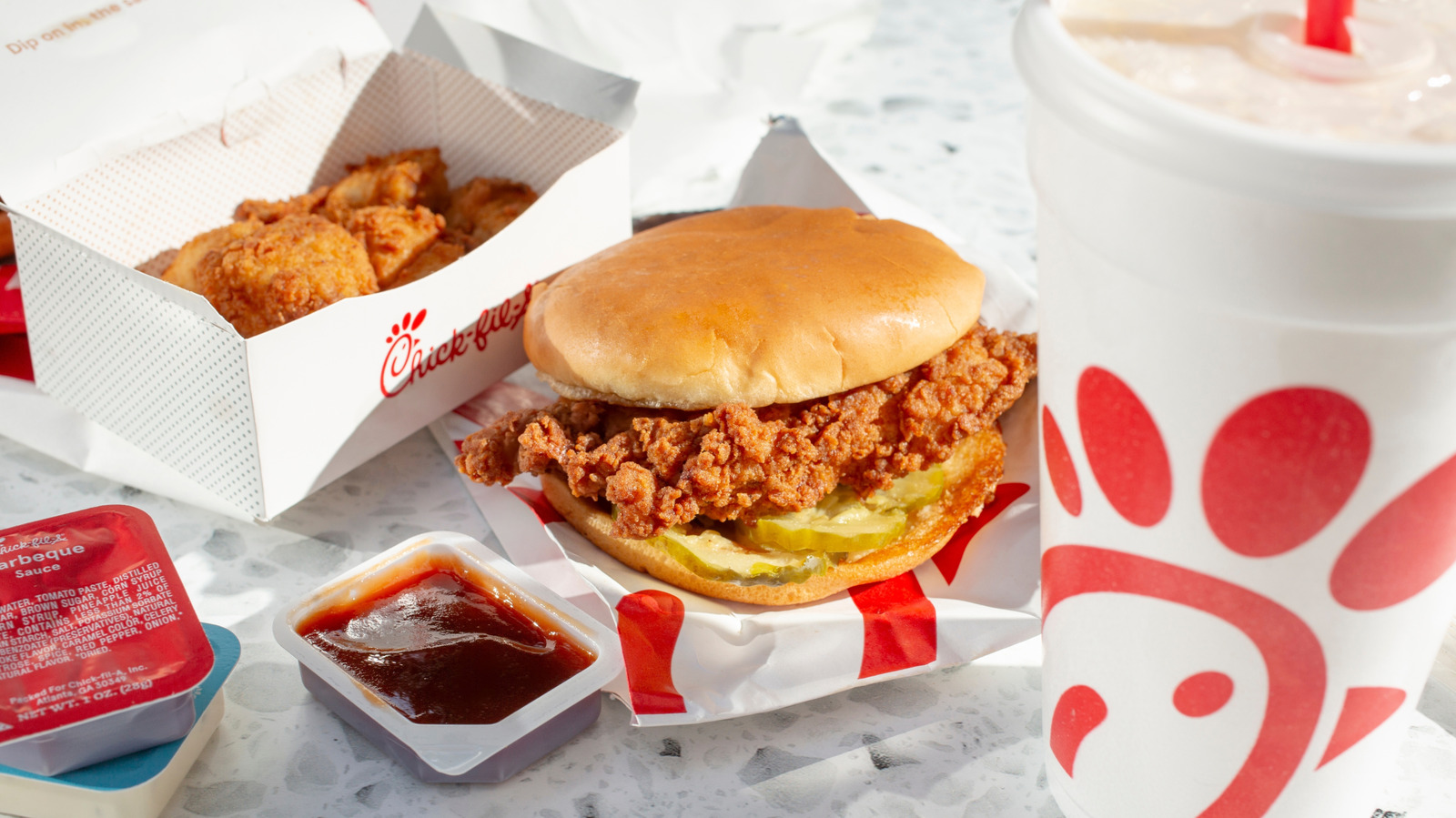This story is part of Glossy’s week-long look at the state of luxury, exploring what consumers and brands are deeming worthy of investment in 2024. To see all the stories in the series, click here.
The last year has been a tough one for the luxury industry. On August 26, Lanvin Group posted a 20% decline in revenue, joining the long procession of luxury companies, including Burberry, Kering and even the mighty LVMH, reporting slipping sales.
In response to this decline, luxury brands are increasingly increasing their prices to get more value out of their most valuable customers: the hyper-affluent, high-frequency buyers whose wealth insulates them from the vicissitudes of the economy. These customers tend to continue buying from luxury brands regardless of how high the prices get. Chanel, one of the industry’s most notorious price increasers, doubled the price of some of its already-expensive products since 2016. Its classic flap bag now costs over $10,000 at retail and yet Chanel’s revenue swelled to over $20 billion this year, in defiance of the overall slowdown. Other luxury brands and retailers like Zegna and MyTheresa have also signaled an intention to focus on their higher-net-worth customers.
Continue reading this article on glossy.co. Sign up for Glossy newsletters to get the latest on the business of beauty, fashion and pop culture.











 English (US) ·
English (US) ·